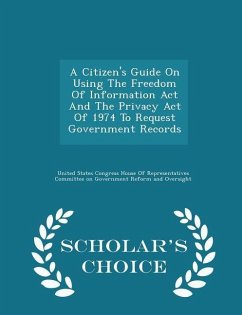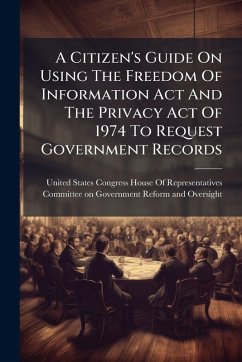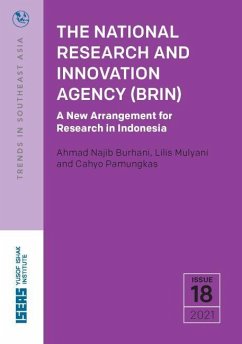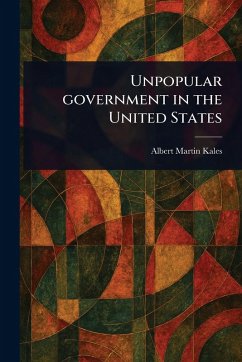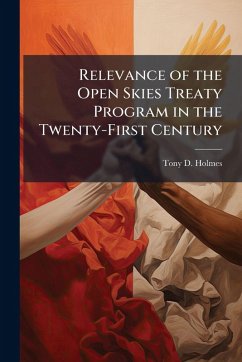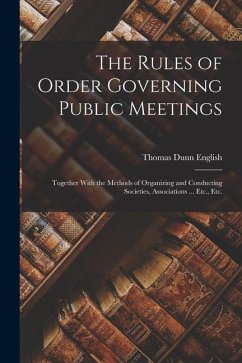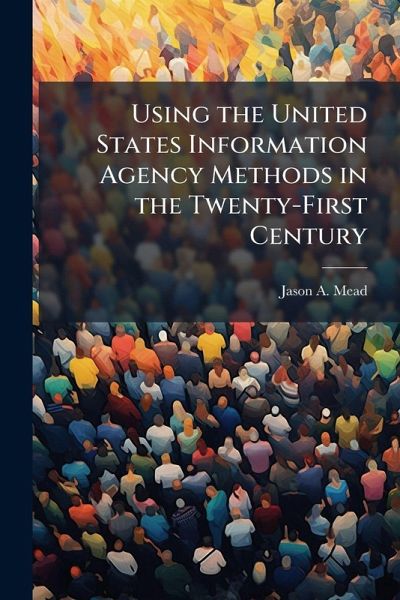
Using the United States Information Agency Methods in the Twenty-First Century
Versandkostenfrei!
Versandfertig in über 4 Wochen
14,99 €
inkl. MwSt.
Weitere Ausgaben:

PAYBACK Punkte
7 °P sammeln!
The U.S. Information Agency (USIA) was founded in 1952 to coordinate communication with the international community during the Cold War. Since being disbanded in 1999 many government officials have realized that the ability to communicate globally has diminished. By examining the methods the USIA used to communicate internationally, applications can be found to guide the United States Government toward similar methods in the twenty first century. One of the most successful methods of communication was establishing overseas American libraries. Another method the USIA used was addressing the iss...
The U.S. Information Agency (USIA) was founded in 1952 to coordinate communication with the international community during the Cold War. Since being disbanded in 1999 many government officials have realized that the ability to communicate globally has diminished. By examining the methods the USIA used to communicate internationally, applications can be found to guide the United States Government toward similar methods in the twenty first century. One of the most successful methods of communication was establishing overseas American libraries. Another method the USIA used was addressing the issue of propaganda and how it could affect the strategic communication to other countries. Propaganda, the USIA determined, could be harmful only if it deliberately and consistently misled a populace. Another method of communicating effectively was with consistent interaction with other government departments. In its time, the USIA was an integral collaborator with the State Department and the DOD, and accomplished significant achievements when utilizing interagency cooperation. Similar integration between government components is necessary to achieve a comprehensive and coordinated level of strategic communication in the twenty first century. More effective communication can be achieved in the future by understanding how it was achieved in the past. This work has been selected by scholars as being culturally important, and is part of the knowledge base of civilization as we know it. This work was reproduced from the original artifact, and remains as true to the original work as possible. Therefore, you will see the original copyright references, library stamps (as most of these works have been housed in our most important libraries around the world), and other notations in the work. This work is in the public domain in the United States of America, and possibly other nations. Within the United States, you may freely copy and distribute this work, as no entity (individual or corporate) has a copyright on the body of the work. As a reproduction of a historical artifact, this work may contain missing or blurred pages, poor pictures, errant marks, etc. Scholars believe, and we concur, that this work is important enough to be preserved, reproduced, and made generally available to the public. We appreciate your support of the preservation process, and thank you for being an important part of keeping this knowledge alive and relevant.





